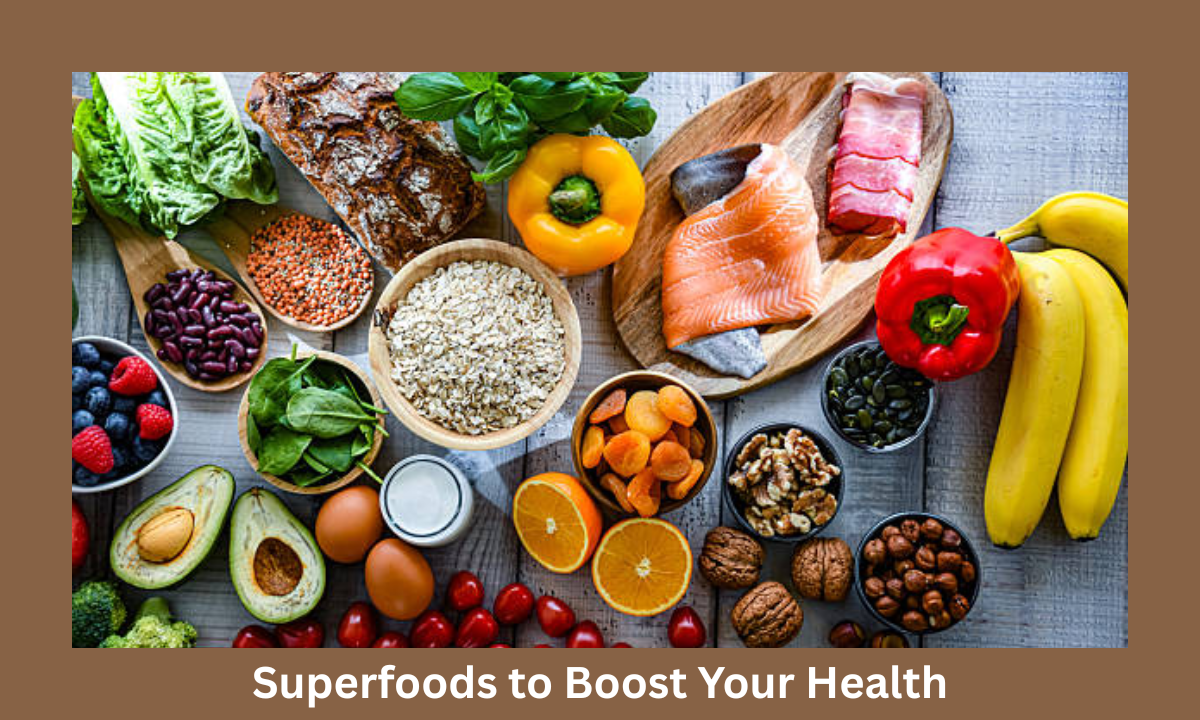
As a lead dietitian at Nutri Activania, I, Avni Kaul, often hear clients ask, “Which foods should I focus on to get the biggest health payoff?” That’s exactly why today I’m excited to share with you the top 10 superfoods—and how they can support your brain, help with weight loss, boost immunity, and more. Let me walk you through each one, its benefits, and how to include them in your diet.
Rich in antioxidants, fiber, and phytochemicals, berries are one of the signature entries on superfoods lists from trusted sources like Harvard.
Why they matter:
How to include them in India: Use fresh or frozen strawberries, blueberries, and raspberries. Add to smoothies, oatmeal, yogurt, or as toppings.
Spinach, kale, Swiss chard, mustard greens, all of these dark leafy greens are nutrient-dense.
Benefits:
Tip for India: Use local greens like spinach (palak), methi, fenugreek, or fenugreek leaves in your curries, stir-fry them, or make green smoothies.
Hazelnuts, walnuts, almonds, pecans, etc., are staples in many global superfood lists. Why they’re powerful:
In India: Use almonds, cashews, pistachios, and walnuts. Eat a small handful daily or sprinkle chopped nuts on your breakfast.
Not always part of the “traditional Indian diet,” but olive oil earns a place in superfood rankings for its monounsaturated fats, polyphenols, and vitamin E.
Health perks:
Use it wisely: Use extra virgin olive oil as a finishing oil over cooked dishes, or for light sautéing (avoid high-heat frying with it).
Brown rice, oats, quinoa, millets, these are staple “good carbs.” Harvard’s superfood list includes whole grains as a pillar.
Why they count:
In Indian meals: Replace white rice with brown rice or millets; use whole-wheat rotis, oats as breakfast; mix in quinoa or broken wheat (dalia).
One reason yogurt appears in superfood lists is its probiotic power plus calcium and protein.
How it helps:
Tip: Choose plain, unsweetened yogurt or curd (dahi). Add fresh fruit, nuts, or seeds. Use it as a base for raita or smoothies.
These include broccoli, cauliflower, cabbage, Brussels sprouts, collard greens, etc.
Their magic:
In India, use cauliflower (gobi), cabbage, broccoli in stir-fries, curries, mixed vegetable dishes, or roasted with spices.
Beans, lentils, chickpeas, peas, soybeans, all powerhouses of plant protein + fiber.
Why they’re essential:
Indian staples: Moong dal, masoor dal, chickpeas (chana), kidney beans (rajma), black gram (urad). Make soups, chutneys, stews, and curries.
Often undervalued, tomatoes are rich in vitamin C, lycopene, and other antioxidants.
Benefits:
Use: In chutneys, soups, sauces, curries, salads. Combine with olive oil or nuts to boost absorption.
Salmon, mackerel, sardines, trout: these fish are valued for their omega-3 fatty acids (EPA, DHA).
Why it’s a superfood:
In India: Fish like mackerel, sardines, Indian salmon (if available) or coastal fish. Use grilled, steamed, or in curries rather than deep-fried.
As a lead dietitian at Nutri Activania, I, Avni Kaul, have watched individuals transform their health by weaving in the top 10 superfoods into balanced, sustainable diets. These foods are not magic bullets, but they are powerful allies when used consistently and intelligently.
When you incorporate superfoods for the brain, superfoods for weight loss, and superfoods that boost your immune system, you are not just chasing trends; you are investing in your long-term vitality. And because I understand the Indian context, I always emphasize superfoods in India or local versions so your diet is grounded, affordable, and effective.
At Nutri Activania, I guide clients through choosing, combining, and customizing these superfoods in their meals, tailoring plans, monitoring progress, and adjusting as life evolves. I stand by you in this journey toward holistic health.
Q1: What exactly defines a “superfood”?
“Superfood” is not a regulated scientific term. It’s a popular way to highlight foods rich in beneficial nutrients (antioxidants, fiber, healthy fats). According to Harvard’s “Superfoods or Superhype?” article, the label often arises from marketing as much as science.
Q2: Can I eat only these 10 superfoods and skip everything else?
No. Superfoods supplement, but do not replace a balanced diet. Variety is key to getting all essential nutrients.
Q3: Are superfoods expensive for people in India?
While some superfoods imported abroad can cost more, many local equivalents (nuts, legumes, leafy greens, millets, fish) deliver similar benefits. Part of my work as a dietitian is helping clients find “superfood swaps” that suit their budgets.
Q4: How many servings of these superfoods should I aim for?
Aim for at least 2–3 servings of vegetables, 1–2 servings of fruits (berries), a small handful of nuts, and 1–2 portions of fish or legumes throughout your day, or as per your personalized nutrition plan.
Q5: Can superfoods help with weight loss or immunity alone?
They help as part of a holistic diet, combined with physical activity, adequate sleep, and stress management. They support metabolism, inflammation control, and antioxidant defense, but are not miracle pills.

Avni Kaul is a leading Dietitian & Nutritionist in Delhi NCR and the Founder of Nutri Activania. She holds a Master's Degree in Food and Nutrition from the University of Delhi and is a Certified Diabetes Educator from Project Hope and the International Diabetes Federation.
Her extensive experience includes serving as a Leicester Mamma's Ambassador, trained in Lactation Counselling with the NHS, United Kingdom.
Ms. Kaul specializes in key areas such as Infant and Young Child Feeding Practices, Pre- and Post-natal Diets, Fat Loss, Muscle Gain, and Holistic Health and Nutrition.